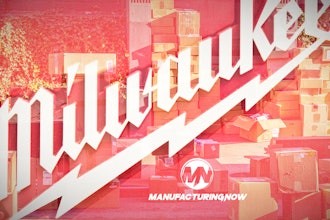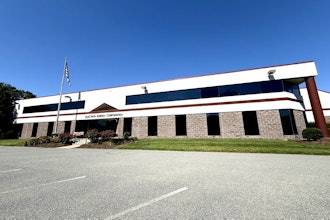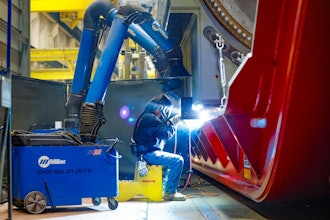Everyone knows there’s only one constant in the technology world, and that’s change. This is especially evident in the evolution of Programmable Logic Controllers (PLC) and their varied applications. From their introduction more than 30 years ago, PLCs have become the cornerstone of hundreds of thousands of control systems in a wide range of industries.
At heart, the PLC is an industrialized computer programmed with highly specialized languages, and it continues to benefit from technological advances in the computer and information technology worlds. The most prominent of which is miniaturization and communications.The Shrinking PLC
When the PLC was first introduced, its size was a major improvement - relative to the hundreds of hard-wired relays and timers it replaced. A typical unit housing a CPU and I/O was roughly the size of a 19” television set. Through the 1980s and early 1990s, modular PLCs continued to shrink in footprint while increasing in capabilities and performance.
|
DirectLOGIC 205 Modular Programmable Logic Controller (DL205 PLC). |
Possibly the most significant change in recent years lies in the communications arena. In the 1970s Modicon’s introduction of Modbus communications protocol allowed PLCs to communicate over standard cabling. This translates to an ability to place PLCs in closer proximity to real world devices and communicate back to other system controls in a main panel. In the past 30 years we have seen literally hundreds of proprietary and standard protocols developed, each with their own unique advantages. Today’s PLCs have to be data compilers and information gateways. They have to interface with bar code scanners and printers, as well as temperature and analog sensors. They need multiple protocol support to be able to connect with other devices in the process. And furthermore, they need all these capabilities while remaining cost-effective and simple to program.
Another primary development that has literally revolutionized the way PLCs are programmed, communicate with each other and interface with PCs for HMI, SCADA or DCS applications, came from the computing world.
Use of Ethernet communications on the plant floor has doubled in the past five years. While serial communications remain popular and reliable, Ethernet is fast becoming the communications media of choice with advantages that simply can’t be ignored, such as:
* Network speed.
* Ease of use when it comes to the setup and wiring.
* Availability of off-the-shelf networking components.
* Built-in communications setups.
|
AutomationDirect wireless applications. |
Integrated Motion Control
Another responsibility the PLC has been tasked with is motion control. From simple open-loop to multi-axis applications, the trend has been to integrate this feature into PLC hardware and software.
Programming Languages
A facet of the PLC that reflects both the past and the future is programming language. The IEC 61131-3 standard deals with programming languages and defines two graphical and two textual PLC programming language standards:
* Ladder logic (graphical).
* Function block diagram (graphical).
* Structured text (textual).
* Instruction list (textual).
The modern PLC has incorporated many types of Commercial Off-The-Shelf (COTS) technology in its CPU. This latest technology gives the PLC a faster, more powerful processor with more memory at less cost.
These advances have also allowed the PLC to expand its portfolio and take on new tasks like communications, data manipulation and high-speed motion without giving up the rugged and reliable performance expected from industrial control equipment. New technology has also created a category of controllers called Programmable Automation Controllers, or PACs. PACs differ from traditional PLCs in that they typically utilize open, modular architectures for both hardware and software, using de facto standards for network interfaces, languages and protocols. They could be viewed as a PC in an industrial PLC-like package.
The Future
A 2005 PLC Product Focus Study from Reed Research Group pointed out factors increasingly important to users, machine builders and those making the purchasing decisions. The top picks for features of importance were.

















